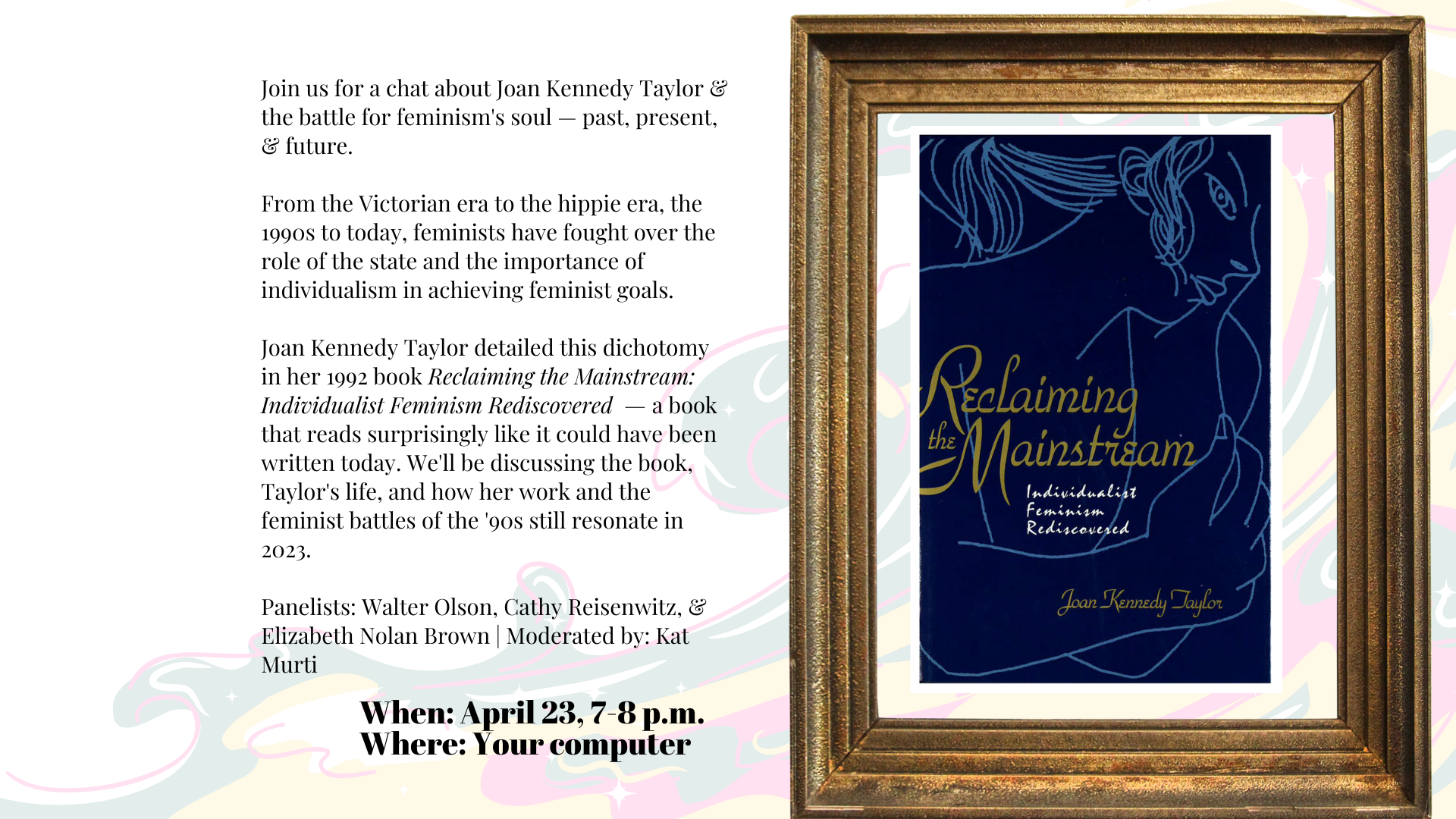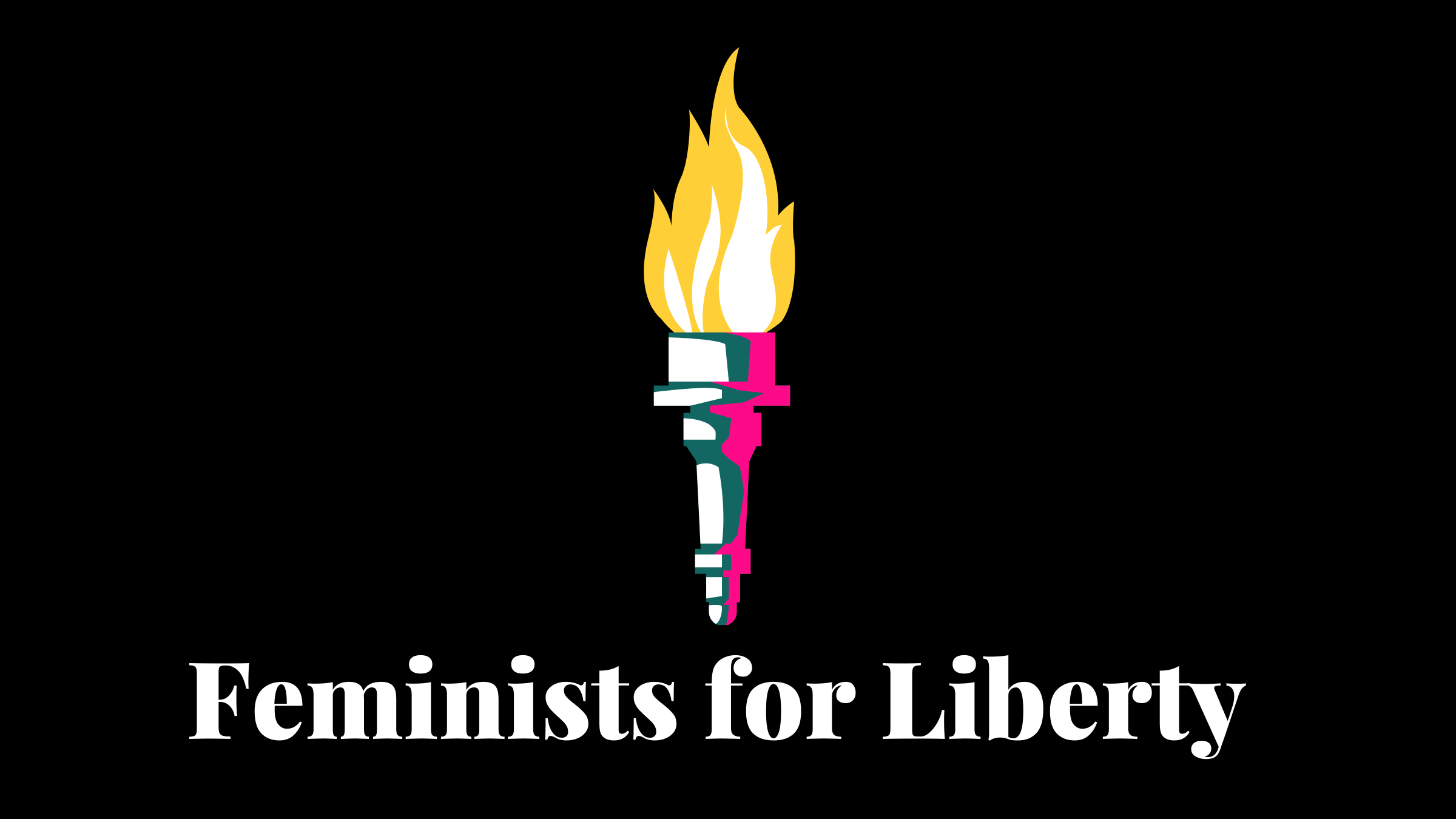
As Americans celebrate and reflect on the fight for women’s right to vote — codified in the 19th Amendment 100 years ago this month — the long overlooked contributions of women of color are finally getting mainstream attention, while some historic white heroines of the suffrage movement are getting a deservedly critical look.
Early organized feminism in America, and the campaign for “votes for women” it spawned, grew out of the abolitionist movement working to end slavery in America. Before the Civil War, Elizabeth Cady Stanton, Susan B. Anthony, Paulina Wright Davis, Clarina Howard Nichols, Sarah and Angelina Grimke, Lucretia Mott, Margaret Fuller, and other white women leading the charge for women’s rights worked in tandem with antislavery activists like Sojourner Truth, Frederick Douglass, Wendell Phillips, Louisa Jacobs, Stephen Foster, and Frances Ellen Watkins Harper in a campaign to end abuse and denial of rights based on either race or sex.
But the spirit of mutual struggle for freedom and equality fell apart after the Civil War, as many prominent white feminists came to see the push for black suffrage, and their ties to it, as holding back their movement.
There were certainly some, such as Lucy Stone, who maintained a commitment to “universal suffrage” and who—understanding the urgency of freed slaves being able to vote—were willing to support measures for black male suffrage even if they didn’t include women. However, other white feminists chose to pursue white women’s suffrage not only in exclusion to universal suffrage but sometimes at the expense of voting rights for black women and men.
Prominent white feminists embraced anti-black and anti-immigrant messaging and funders. For instance, an 1867 convention of the American Equal Rights Association (AERA), Cady Stanton said women must get the vote at the same time as it was granted to non-white men so that the votes of ladies of “virtue, wealth and education” could “outweigh this incoming tide of ignorance, poverty and vice.”
Things only got worse as action around the 15th Amendment—granting black men the right to vote—heated up. Increasingly, organized women’s rights campaigners like Anthony and Cady Stanton pushed women’s suffrage as an antidote to the influence of black and immigrant men voting.
Cady Stanton also began to turn further and further away from advocating for women’s suffrage on the basis of natural rights endowed regardless of race or sex, instead stressing the supposedly civilizing force that female votes would bring. Combining sexism and white supremacist attitudes, Cady Stanton started suggesting that “the male element” was destructive, violent, selfish, and other bad things that could only be countered by women’s “virtue, morality,” and gentle nature. Virtuous white women shouldn’t have to bear “Patrick and Sambo and Hans and Yung Tung” (i.e., immigrants) “making the laws” while they couldn’t, she said.
It was incredibly ugly—made even more so by the fact that for more than a century, many of those who embraced this kind of bigoted and exclusionary rhetoric have been heralded as the stars and geniuses of First Wave Feminism in America.
But as we approach the centennial of the 19th Amendment and (some) U.S. women being granted the right to vote, there’s been a resurgence of scrutiny to these records—and a long overdue celebration of the contributions of black feminist fighters for female suffrage and other suffragists who were written out of the women’s rights history books because of their race, class, ethnicity, sexuality, religion, etc.
Check out these great articles and resources as a start:
◊ Meet the Brave but Overlooked Women of Color Who Fought for the Vote
◊ In Women’s Suffrage, a Spotlight for Unsung Pioneers
◊ Black Women Had to Fight for the Right to Vote on Two Fronts
◊ The US Suffragette Movement Tried to Leave Out Black Women. They Showed Up Anyway
◊ How Queer Women Powered the Suffrage Movement
◊ In 1920, Native Women Sought the Vote. Here’s What’s Next.
◊ Asian-American Suffragette’s Fight for the Big Picture
◊ Hidden Figures of the Suffrage Movement
◊ Hispanic Women and the Fight for the 19th Amendment
◊ The Black and Asian Women Who Fought for a Vote
◊ 5 Black Suffragists Who Fought for the 19th Amendment—And Much More
◊ For Black Suffragists, the Lens Was a Mighty Sword
◊ How Native American Women Inspired the Women’s Rights Movement
◊ For Black Women, the 19th Amendment Didn’t End Their Fight to Vote
◊ The Jewish Suffragists Who Helped Women Win the Right to Vote
◊ 7 Remarkable LDS Women Who Fought for Women’s Rights and Suffrage
◊ ‘She Votes’ Tells the Intersectional History of Suffrage
◊ Women of Color in the Suffrage Movement
◊ Between Two Worlds: Black Women and the Fight for Voting Rights
◊ How Black Women Earned the Right to Vote
◊ Black Women’s 200 Year Fight for the Vote
◊ African American Women Leaders in the Suffrage Movement
◊ “Pioneering the Vote:” The Plural Histories of Women’s Suffrage
◊ How Women Got the Vote Is a Far More Complex Story Than the History Textbooks Reveal


